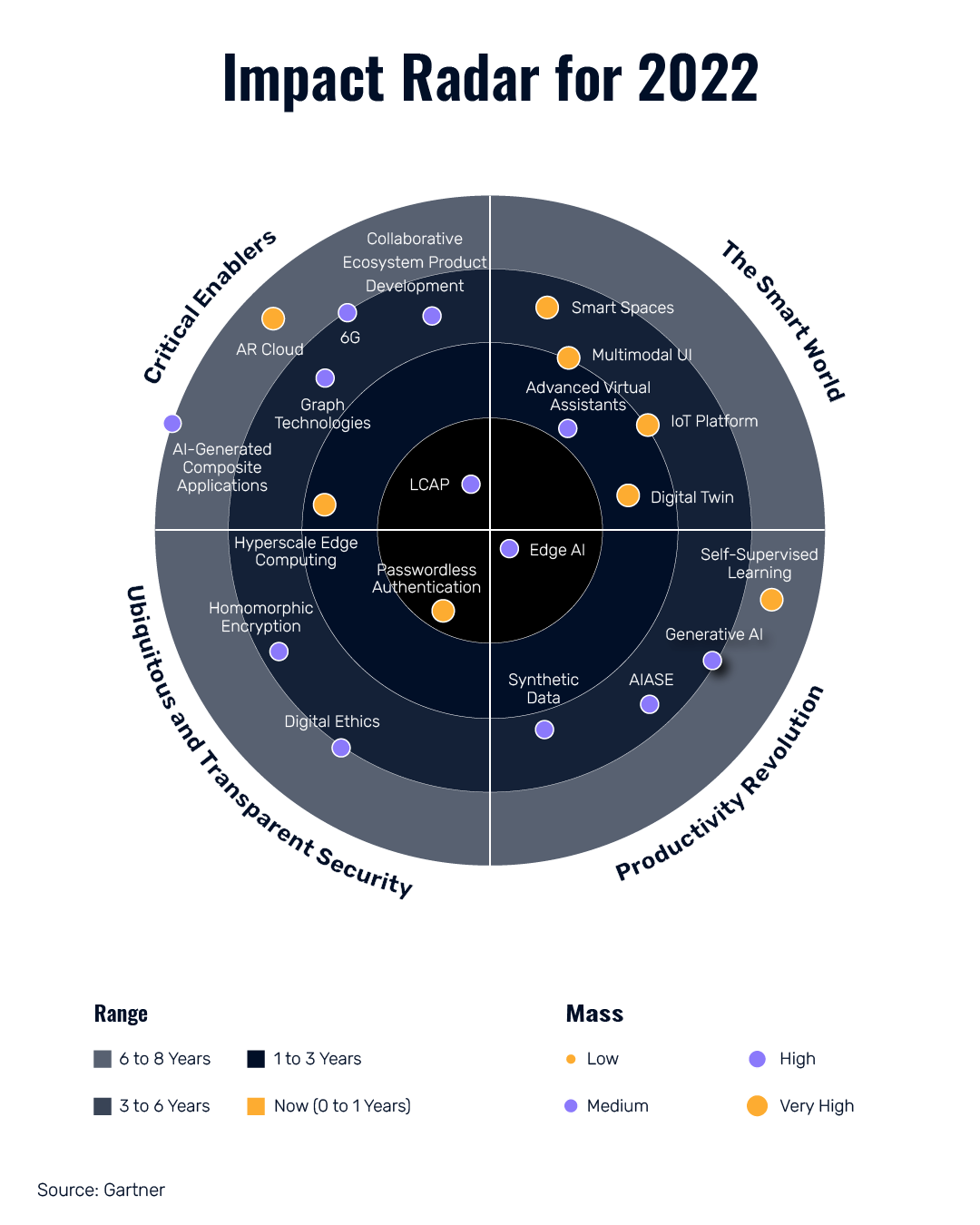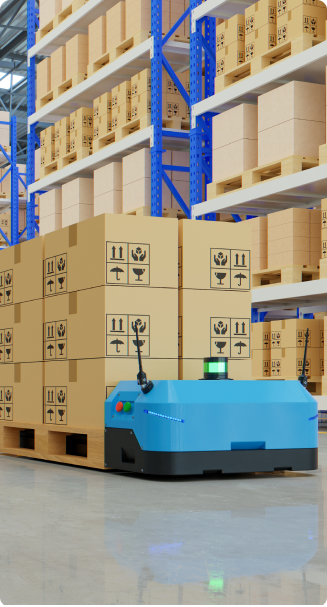Generative AI – The One Where AI Gets Creative

Pushing Today’s AI Applications to the Future: Generative AI
The word AI is itself massive. Its amalgamation with machine learning and NLP has created wonders in almost every field.
- Assisting in the marketing campaigns through targeted ads.
- Performing sentiment analysis for generating customer opinion on your products and services.
- Detecting frauds, suspicious activities that aren’t visible to the naked eye, and much more.
Thanks to technological evolutions each year, AI has now spread its wings to enter the creative space through what we can call, Generative AI.
What Is Generative AI?
Creativity is no longer limited to just humans today. Deep learning algorithms have now become so sophisticated that AI can create images, prototypes, voices and even movies.
If we go by what Gartner predicts, in the coming years, generative AI will see rapid progress in both scientific discoveries and technology commercialization.
As you can clearly see, the mass for generative AI is high as many sectors have already started implementing generative AI methods, starting in 2016. Going forward, it finds its use in sectors like manufacturing, automotive, aerospace, media & entertainment, material science, life sciences, and healthcare.

Applications of Generative AI – Reason Behind the Need for Similar Content
There are a massive number of useful applications of generative AI out there; some of them are already being used by scores of people across platforms.
Can you recall the “FaceApp”, which was a rage on social media platforms like Instagram a few years ago, where you can see your younger and older selves? Yes, it was partially possible with the help of generative AI. This was a just one of the many interesting examples, Some of them are listed below.
1. Image Processing
Going ahead, generative AI can help transform the healthcare industry entirely as doctors can study an X-ray from different angles, analyze the possibilities of tumor growth and prevent malice at early stages. Generative AI will also aid healthcare professionals inefficient drug discovery, rendering prosthetic limbs through CRISPR or similar technologies.
Gartner predicts that more than 30% of new drugs and treatments will be discovered using generative AI models, helping the pharmaceutical industry reduce costs and even the time needed.
2. Generating Realistic Photographs
Generative AI helps create replicas of human models, who look familiar but do not really exist in this world. This helps organizations maintain the anonymity of individuals for unbiased recruitment/interview processes.
Moreover, photo sessions or advertisements with human models are not only expensive but have a chance of getting into copyright issues. With ML-generated human images, your advertising campaigns can turn hassle-free.
3. Audio Synthesis
As generative AI helps in creating a replica of voices, you can use it for creating video voice over for narrations and other possible solutions for organizations. These voices will be computer-generated but sound exactly like humans.
In other words, this deep learning model acts as a convergence between music and software through the creation of neural networks that mimic the human brain.
In 2016, Google’s Magenta has created the first-ever AI song that goes into a genre that you’ve never heard before. As days pass by, you can witness generative AI combining two or more genres and assisting humans in bringing out a variety of music, which humans solely cannot achieve.
Generative AI Models
What gives generative AI the power to do what it does? Let’s talk about the behind-the-scenes of this AI.
- Generative adversarial networks (GANs)
- Transformers.
- Variational Encoders.
Watch this space to learn each of these techniques in detail. Once you get a hold of these generative AI models, especially generative adversarial networks, you will know the right use cases of generative AI and its limitations.
Way Forward
While healthcare, defense security are the major areas where generative AI is in use, it is set to disrupt more sectors than we can imagine.
Watch this space for more on how applications of AI, ML and deep learning can help propel your business to the future.
“
“Machine Intelligence is the last innovation that humanity will ever need to make.”
Nick Bostrom




